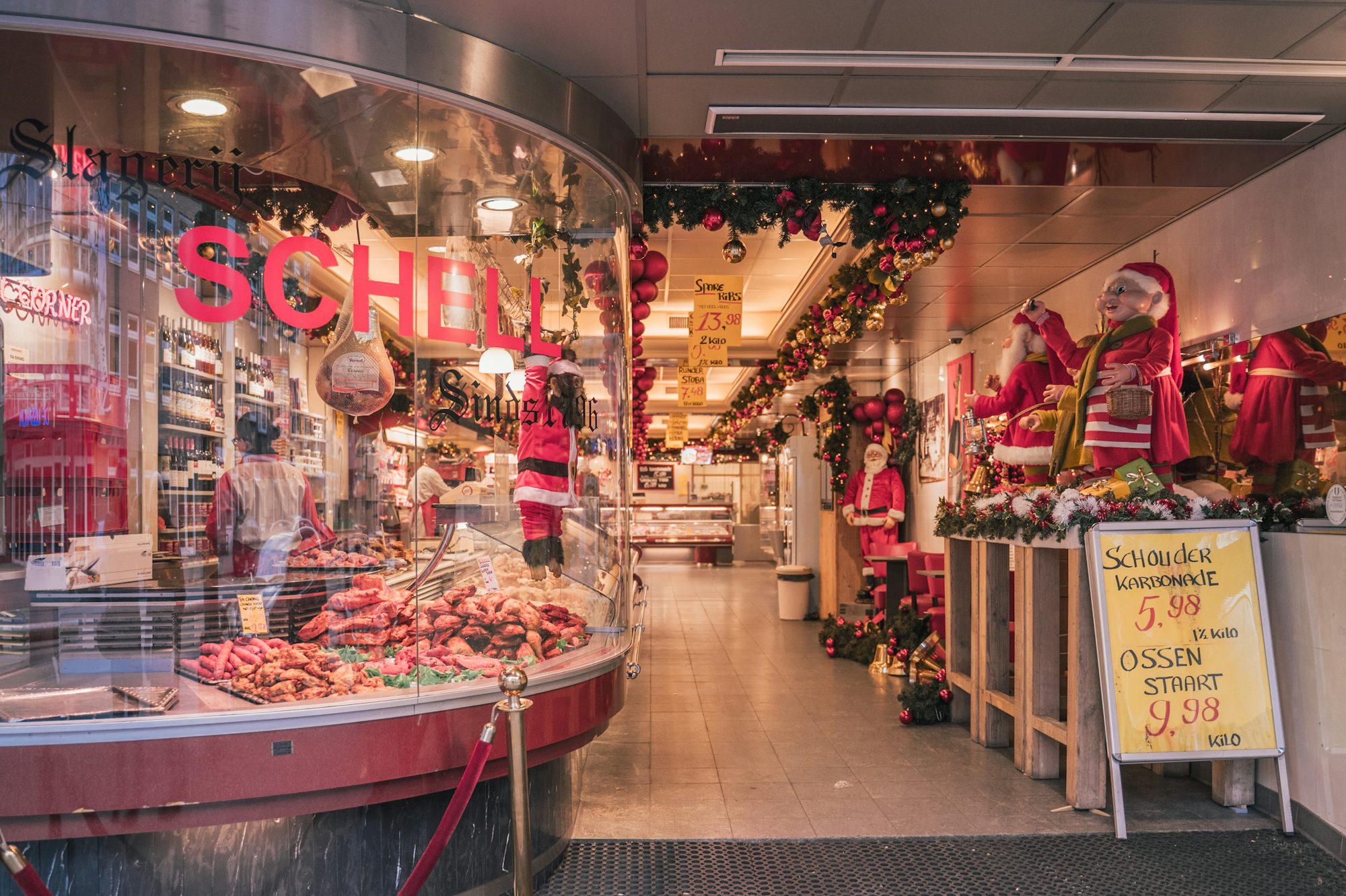Food markets are vibrant hubs of culture and community, where the rich tapestry of global cuisine comes to life. These markets are not merely places to purchase ingredients; they embody the culinary heritage and social fabric of their regions. From bustling street food stalls to expansive farmers’ markets, food markets provide an opportunity to explore local flavors, engage with vendors, and experience the culture of a place through its food. In this article, we will journey through various types of food markets across the globe, highlighting their uniqueness and the experiences they offer.
Street Food Markets: A Feast for the Senses
Street food markets are perhaps the most dynamic representation of culinary diversity. Found in cities around the world, these markets showcase a multitude of food stalls offering a variety of dishes that reflect local tastes and traditions. In cities like Bangkok, Thailand, street food markets bustle with energy as vendors expertly prepare everything from spicy papaya salad to savory pad Thai right before your eyes. The aromas, colors, and sounds create a sensory experience that invites exploration.
In addition to Thailand, cities such as Mexico City and Istanbul also boast thriving street food markets. In Mexico City, for instance, the street food scene is rich with options like tacos al pastor, tamales, and elotes, each offering a taste of Mexican culinary history. Similarly, in Istanbul, the historic spice bazaar and street vendors serve delicious simit (sesame-crusted bread) and döner kebabs, reflecting the city’s rich cultural heritage. These markets serve as social gathering spots where locals and tourists alike come together to savor affordable, delicious meals.
Farmers’ Markets: Freshness and Community Connection
Farmers’ markets are essential components of local food systems, providing a direct link between producers and consumers. These markets typically feature fresh, seasonal produce, meats, dairy products, and artisanal goods, allowing shoppers to support local agriculture and enjoy high-quality ingredients. The experience of visiting a farmers’ market often includes meeting the farmers, learning about their practices, and discovering the stories behind the food.
In the United States, farmers’ markets have gained popularity in recent years, with communities across the country establishing regular markets that celebrate local agriculture. In places like Portland, Oregon, the farmers’ market scene is vibrant, with vendors selling everything from organic vegetables to handmade cheeses. The lively atmosphere, often enhanced by live music and community events, transforms farmers’ markets into social spaces that foster connections among residents.
Culinary Bazaars: A Cultural Odyssey
Culinary bazaars are another fascinating aspect of food markets, often reflecting the rich culinary traditions of a region. Found in many Middle Eastern and Asian countries, these bazaars offer an array of spices, herbs, and prepared foods that showcase the local culture. The experience of wandering through a bazaar is akin to embarking on a culinary journey, with each stall offering a unique taste of the region.
In Morocco, the bustling souks are filled with vibrant spices like saffron, cumin, and paprika, as well as traditional foods like tagines and pastries. Shoppers can engage with vendors, taste samples, and even take cooking classes to learn how to prepare traditional Moroccan dishes. Similarly, in countries like India, street bazaars feature an array of delicious snacks like samosas, chaat, and sweets, making them a must-visit for food enthusiasts.
Night Markets: A Culinary Wonderland
Night markets, particularly popular in many Asian countries, offer a unique dining experience under the stars. These markets typically come alive in the evening, showcasing a variety of food stalls serving both local and international cuisine. The vibrant atmosphere, with colorful lights and the sound of laughter, creates an inviting space for exploration and enjoyment.
In Taiwan, for instance, the famous Shilin Night Market offers an incredible array of street food, from stinky tofu to bubble tea. Visitors can wander through the market, sampling different dishes and enjoying live entertainment. Night markets in cities like Hong Kong and Bangkok also feature a plethora of options, ranging from grilled skewers to sweet desserts, providing a feast for the senses.
Specialty Markets: A Focus on Quality
Specialty markets cater to specific culinary interests, offering a curated selection of products that celebrate particular ingredients or cooking styles. These markets often focus on high-quality, artisanal products that emphasize craftsmanship and tradition. Cheese markets, chocolate shops, and gourmet food fairs are examples of specialty markets where consumers can discover unique flavors and support local producers.
In France, for example, cheese markets highlight the country’s rich cheese-making tradition, offering a variety of regional cheeses that reflect the terroir of their origins. Customers can sample cheeses, learn about the aging process, and purchase directly from the producers. Similarly, chocolate festivals in cities like Zurich or Brussels celebrate the artistry of chocolate-making, showcasing the work of local chocolatiers and providing opportunities to taste exquisite creations.
Fish Markets: Fresh from the Ocean
Fish markets are integral to coastal communities, serving as vital centers for seafood trade. These markets offer a wide selection of fresh fish, shellfish, and other seafood products, often sourced directly from local fishermen. Visiting a fish market is not only about purchasing seafood; it’s an experience that connects consumers with the ocean and its bounty.
In Japan, the famous Tsukiji Outer Market in Tokyo has long been a destination for seafood lovers, where visitors can watch fishmongers skillfully prepare fresh catches and sample various seafood dishes. Though the inner wholesale market has moved, the outer market remains bustling with activity and delicious offerings. Similarly, in countries like Spain and Italy, fish markets reflect local culinary traditions, showcasing regional seafood dishes and the importance of fresh ingredients in Mediterranean cuisine.
Culinary Experiences: Beyond Shopping
Many food markets are evolving to offer more than just products; they provide culinary experiences that engage visitors on multiple levels. Cooking classes, food tastings, and cultural demonstrations are becoming increasingly popular, allowing consumers to immerse themselves in the culinary traditions of a region.
In markets like La Boqueria in Barcelona, for example, visitors can take guided tours that include tastings of local specialties and opportunities to learn about Catalan cuisine. This trend not only enhances the market experience but also educates consumers about the importance of local food systems and the stories behind the dishes they enjoy.
Conclusion: A Global Celebration of Food
Food markets around the world offer a rich tapestry of culinary experiences that celebrate local cultures, flavors, and traditions. From vibrant street food stalls and bustling farmers’ markets to specialty shops and night markets, these spaces invite exploration and engagement. They serve as vital components of local economies, fostering community connections and supporting sustainable practices. By visiting and supporting these markets, we not only nourish our bodies but also connect with the diverse culinary heritage that defines our world. In an increasingly globalized society, food markets remind us of the importance of local flavors and the stories they tell.





